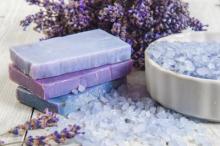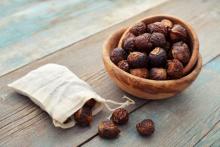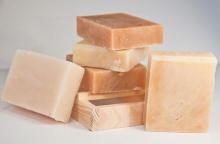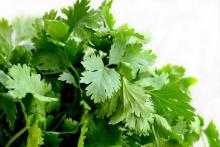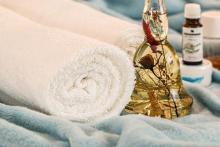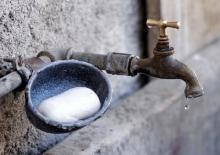Meaningful Spring Cleaning
Spring is here! Before we can greet the newfound sunshine with ease, we’ll have to face the facts—it’s time for some good ol’ fashioned spring cleaning. Whether or not putting in some elbow grease is part of your springtime routine, there’s no better time to do deep cleaning. Why? Because spring is all about new life and freshness, of course! Plus, who wants a grungy, dusty home, while allergens are already filling the air?



